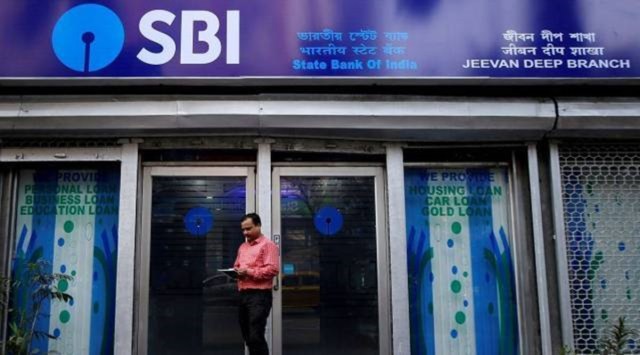State Bank of India (SBI) Sunday said no requisition form and identity proof are required to exchange Rs 2,000 notes. On May 19, the day the notes were withdrawn from circulation by the Reserve Bank of India, SBI had instructed its branches to exchange the notes with a requisition slip.
With Sunday’s clarification, any member of the public can exchange ten Rs 2,000 notes across the counter in any branch without any identity proof or slip. Other banks are also expected to follow the same route. However, if a SBI customer wants to deposit the notes surrendered in his account, he may have to submit the requisition slip which is the normal practice.

If a person is holding more than 10 pieces of Rs 2,000 notes, he will be able to exchange it on different days without any hassles as the exchange is not being recorded. On Friday, the RBI said all banks should provide deposit and/ or exchange facility for Rs 2,000 banknotes from May 23 to September 30, 2023 to complete the exercise in a time-bound manner and to provide adequate time to the members of public.
Story continues below this ad
As many as 18,100 lakh pieces of Rs 2,000 notes are expected to come for exchange following the RBI decision to withdraw the notes from the system. As there are around 1.55 lakh bank branches in the country, each branch, on an average, will have to handle 11,677 pieces of Rs 2,000 notes — or 116 notes per day — between May 23 and September 30, 2023.
While the whole exercise of exchange may not appear as big as the demonetisation exercise in November-December 2016 when branches across the country witnessed chaotic scenes for exchange of Rs 500 and Rs 1,000 notes, banks are expected to deploy staff to handle the latest exercise.
Banks will have to shell out money to reconfigure ATMs and cash recyclers. There are 2.57 lakh ATMs across the country, according to RBI data.
Since the past two years, the Rs 2,000 Indian currency note has been subject to what is being described as a “passive withdrawal” with the RBI not replacing the currency in the same denomination to banks. Insiders in RBI and the security printing trade said the announcement was imminent because the return of Rs 2,000 notes from banks had reduced to a trickle since 2021.
Story continues below this ad
Introduced in 2016 as part of the massive remonetisation drive after the withdrawal of Rs 500 and Rs 1,000 notes as legal tender, the Rs 2,000 notes’ lack of popularity as a transactional currency, and evident use for hoarding as black money, are among the factors that led to its eventual withdrawal.
The other factor, senior RBI officials said, was the fact that the relative cost of printing the Rs 2,000 notes was high, given the extra security features incorporated in 2016 to prevent counterfeiting. At the time of its introduction, supplementary currency paper contracts as well as contracts for supply of its security thread had to be signed with foreign companies. It is understood that some supplementary currency paper contracts for the Rs 2,000 notes were given in 2016-2017 to the Swiss company, Lanquart, while contracts for the security thread were signed with Crane of Sweden, among others.
The actual printing of the Rs 2,000 notes was done entirely by Indian security presses at a frantic pace in the post demonetization period. Following Friday’s announcement, prominent players in the currency paper business told The Indian Express that the Rs 2,000 notes had clearly run through their life-span of over six years, while that of the lower denomination currency notes was generally considered to be under one year in India.
At the time of the 2016 demonetisation, the cost of printing a single Rs 2,000 note in Indian security presses including the Bharatiya Reserve Bank Note Mudran Private Limited (BRBNMPL) was roughly Rs 3.20 while that of the Rs 500 currency note, in comparison, was around Rs 2.50.
Story continues below this ad
Among its security features were a graded colour security thread; a seven angular bleed line and a rupee symbol in color changing ink. In the run-up to the 2016 demonetisation, its design went through several rounds of approval along with that of a brand new Rs 5,000 currency note, but the choice for the latter was quickly rejected.
Figures released by the RBI show that the printing and circulation of the highest denomination currency was a one-year wonder with 3,542.991 million notes being printed between April 2016 to March 2017, and the figures falling sharply in subsequent years. The government had admitted in Parliament that since 2019-2020, no indent had been placed with the security printing presses by the RBI for printing Rs 2,000 notes. The “passive withdrawal” began then, with banks being given very little of the highest denomination currency for circulation after 2020-2021.
On Friday, the RBI has said the total value of these banknotes in circulation has declined from Rs 6.73 lakh crore at its peak as on March 31, 2018 (37.3 per cent of Notes in Circulation) to Rs 3.62 lakh crore constituting only 10.8 per cent of Notes in Circulation on March 31, 2023.









